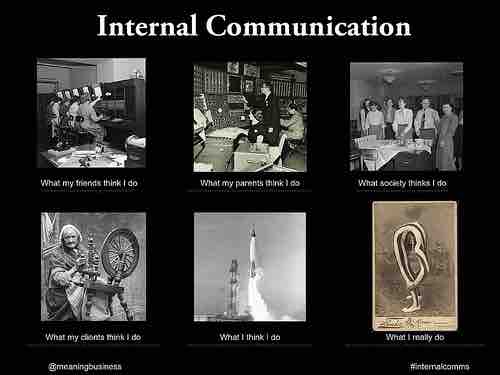Marketing Innovation Trends
The newest trends in marketing are based on and around the use of new technologies. With the ever increasing use of cell phones around the globe - especially smart phones - one of the more popular current trends is mobile marketing.
Mobile Marketing
Mobile marketing is marketing on or with a mobile device. More specifically, marketers that utilize mobile marketing use interactive wireless media to provide customers with time and location sensitive, personalized information that promotes goods, services and ideas - thereby generating value for all stakeholders. The most popular forms of mobile marketing include:
SMS Marketing
Over the past few years, SMS (short message service) marketing has become a legitimate advertising channel in some parts of the world. On average, SMS messages are read within four minutes, making them highly convertible. While this has been fruitful in developed regions such as North America and Western Europe, mobile SPAM messages remain an issue in many parts or the world. This is partly due to the carriers selling their member databases to third parties. Most mobile operators in the U.S. demand a double opt-in from the consumer and the ability for the consumer to opt-out of the service at any time by sending the word STOP via SMS.
SMS marketing services typically run off a short code, but sending text messages to an email address is another methodology. Short codes are five or six digit numbers that have been assigned by mobile operators in a given country for the use of brand campaigns and other consumer services. Due to the high price of short codes - $500 to $1000 a month - many small businesses opt to share a short code in order to reduce monthly costs. Another alternative to sending messages by short code or email is to do so through one's own dedicated phone number. Long numbers - or those based on the international format - are also regularly utilized for mobile marketing.
MMS Marketing
Mobile content can also be delivered via MMS (multimedia message service). Nearly all new phones produced with a color screen are capable of sending and receiving standard MMS messages. MMS mobile marketing can contain a timed slideshow of images, text, audio, and video.
Push Notifications
Push notifications were first introduced to smartphones by Apple with the advent of the iPhone in 2007. They were later further popularized with the Android operation system, where the notifications are shown on the top of the screen. It has helped application owners to communicate directly with their end users in a simple and effective way. It can be much cheaper when compared to SMS marketing in the long run, but it can become quite expensive initially because of the cost involved in application development.
QR Codes
Also with the increase in smart phone usage, QR - or quick response - codes have become much more prevalent in marketing pieces both on and offline. Acting as a visual hyper-link to a page, QR codes make it easy for someone to reach a mobile optimized offer page. As such, they represent a very powerful tool for initiating consumer engagement at the time when the marketing piece is likely triggering its most emotional response. Their potential for tracking offline sources and delivering the types of analytics previously reserved for online tracking makes another powerful reason that marketers are flocking to QR codes in droves.

QR Code
This is an example of a QR code marketing tool. Consumers can scan these images with their smart phones to instantly reach information or offer pages.
Other Online Marketing Trends
Besides mobile marketing, there are other trends in online marketing. Viral marketing is involves the exponential spread of a marketing messages by online word of mouth (sometimes referred to as "word of mouse"). A major component of viral communication is the meme - or a message that spreads virally and embeds itself in the collective consciousness. Viral marketing is closely tied to social media, since social media platforms and their sharing functionality are the main way that a message is able to "go viral" online.

Meme
This is an example of a meme, which is a popular method of marketing images and ideas on the web and social networks.
Branding and target marketing have also evolved in the online realm. More than ever before, brands are creating personas and identities around themselves, rather than the products they sell. The online space allows customers to interact and converse with the brand personally and directly. Target marketing can be extremely precise on the web. With the immense amount of personal and usage data currently available, targeting can be done automatically and extremely successfully. In a world where everything is social and shared, the consumer has a lot of power. Marketers foresee that they will need to hand more control over to customers, who want to engage on deeper and more significant levels with content. The trend may go so far as to let customers create marketing content, with agencies keeping oversight and steering from the sidelines. Also, with increasing mobility and shrinking size of technological devices, consumers will expect to have round-the-clock access to all of their data, regardless of where they are and what device they are using. There are many opportunities here for even more specific and user-relevant content.